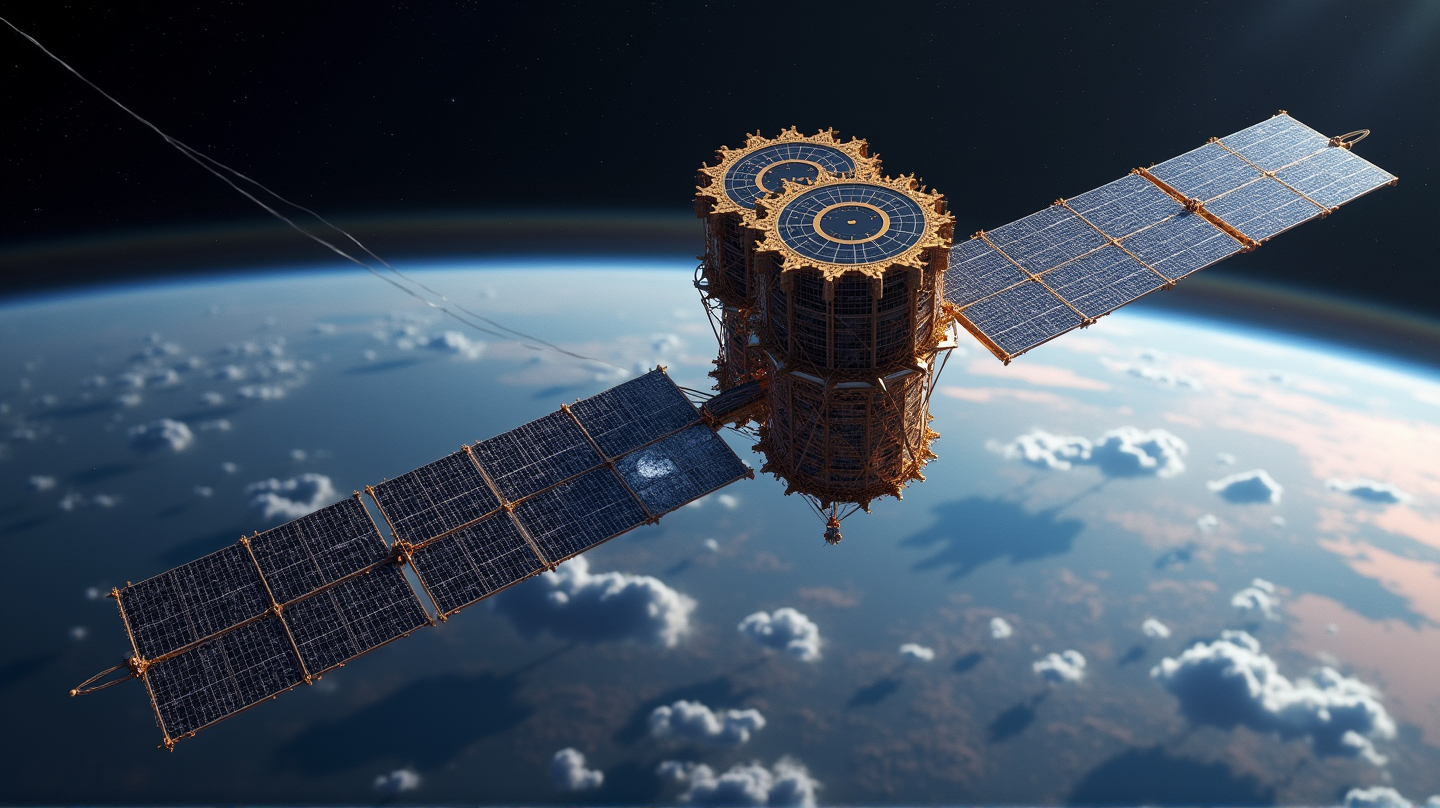Unveiling NISAR: The $1.5 Billion Game-Changer in Earth Observation
NASA and ISRO's $1.5 billion NISAR mission is poised to revolutionize Earth observation with its cutting-edge technology, launching from Sriharikota.

In a strategic collaboration that marks a new era in space exploration, NASA and ISRO are set to launch the ambitious NISAR satellite mission. Slated for blastoff on July 30, 2025, from India’s renowned Sriharikota spaceport, this highly anticipated venture has captured global attention.
NISAR Mission: A New Dawn in Earth Science
NISAR, the NASA-ISRO Synthetic Aperture Radar satellite, is poised to transform how we understand our planet. With its dual-frequency radar system, NISAR offers unprecedented high-resolution imagery of Earth’s surface, recurrent every 12 days.
Key Objectives
- Environmental Monitoring: By tracking ecosystem changes, it aims to provide insight into forest biomass and land surface dynamics.
- Natural Disasters: Vital for monitoring earthquakes, landslides, and volcanic activity, this satellite aids in disaster readiness.
- Climate Change Studies: NISAR focuses on glacial movements and polar ice changes, essential for climate resilience strategies.
- Agricultural and Water Management: Accurate soil moisture measurements assist in crop planning and water resource management.
The Technological Marvel Behind a Hefty Price Tag
Why does NISAR weigh heavily on the budget at $1.5 billion? Its technological prowess explains much of it:
- Massive Antenna: Featuring a deployable 12-meter mesh antenna, a landmark in Earth observation tech, it ensures precise data reception.
- Radar Capabilities: Equipped with L-band and S-band radars, it penetrates cloud, vegetation, and darkness, providing all-weather observations.
- Precision and Integration: The satellite’s hardware and software capitalize on centimeter-level precision and complex integration without interference.
India’s Strategic Investment in ISRO’s Leadership
India’s INR 788 crore contribution is much more than monetary—it’s a leap in positioning ISRO on the global stage:
- Rapid Disaster Response: Immediate data access enhances response to natural hazards, potentially saving countless lives.
- Climate Resilience: Continuous ecological and climate monitoring supports sustainable environmental policies.
- Technological Advancement: The dual-band radar technology sets a benchmark for future ISRO missions and collaborations.
A Global Symbol of Cooperation and Scientific Progress
NISAR isn’t merely a technical achievement; it stands as a beacon of successful international cooperation between NASA and ISRO:
- Partnership and Leadership: The collaborative mission underscores trusted relationships in cutting-edge technology development.
- Open Data Policy: Offering global access to its data, NISAR benefits scientific communities worldwide and elevates India’s role in Earth science.
- Paving Way for Future Missions: This mission could unlock new joint prospects in high-tech space exploration.
As preparations for the launch build momentum, NISAR promises a transformative leap forward in Earth observation and climate preparedness, ensuring that the eyes of the world are firmly set on Sriharikota this July. According to Times of India, the mission is set to redefine the framework of global Earth observation and disaster readiness.

